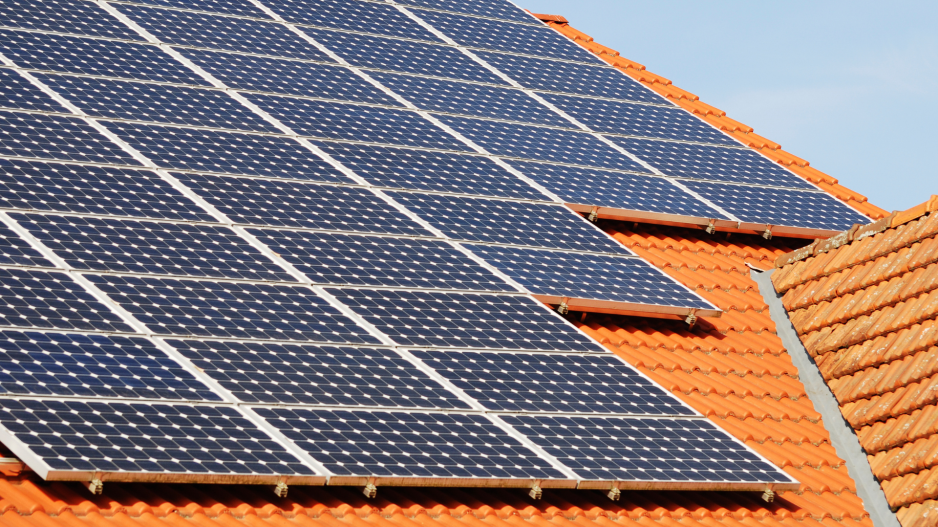Types of Photovoltaic Systems
Monocrystalline, Polycrystalline, and Thin-Film Solar Panels
Photovoltaic (PV) technology offers various types of solar panels designed to meet different energy needs and installation scenarios. Among the most prevalent are monocrystalline, polycrystalline, and thin-film solar panels. Understanding the differences between these types can help consumers and businesses make informed decisions about which technology best suits their requirements.
Overview: Monocrystalline solar panels, often recognized by their uniform, dark appearance, are made from single-crystal silicon. This type of panel is known for its high efficiency and long lifespan.
Advantages:
-
Efficiency: Monocrystalline panels typically have the highest efficiency rates, often exceeding 20%. This means they can convert more sunlight into electricity compared to other types.
-
Space Efficiency: Due to their higher efficiency, they require less space to produce the same amount of energy, making them ideal for installations with limited space.
-
Durability: These panels tend to have a longer lifespan and often come with warranties of 25 years or more.
Disadvantages:
-
Cost: The manufacturing process of monocrystalline panels is more complex and costly, resulting in a higher price tag.
-
Performance in Low Light: While generally good, they can be slightly less effective in low-light conditions compared to thin-film panels.
Applications: Monocrystalline panels are well-suited for residential and commercial installations where space is at a premium and maximum efficiency is desired.
Overview: Polycrystalline, or multicrystalline, solar panels are made from silicon crystals that are melted together. They have a bluish hue and a less uniform appearance compared to monocrystalline panels.
Advantages:
-
Cost: Polycrystalline panels are less expensive to produce, making them more affordable for consumers.
-
Manufacturing Process: The production process is simpler and generates less waste compared to monocrystalline panels.
Disadvantages:
-
Efficiency: These panels generally have lower efficiency rates, typically ranging from 15% to 17%. This means they need more space to produce the same amount of energy.
-
Temperature Sensitivity: Polycrystalline panels can be less efficient at higher temperatures, which might impact their performance in very hot climates.
Applications: Polycrystalline panels are a cost-effective option for residential and commercial installations where space is not a significant constraint and where budget considerations are paramount.
Overview: Thin-film solar panels are made by depositing one or more layers of photovoltaic material onto a substrate. They come in various types, including amorphous silicon, cadmium telluride, and copper indium gallium selenide.
Advantages:
- Flexibility: Thin-film panels are lightweight and flexible, making them suitable for a variety of applications, including building-integrated photovoltaics (BIPV) and portable solar devices.
- Performance in Low Light: They perform better in low-light conditions and are less affected by high temperatures, maintaining efficiency in diverse environments.
- Cost: The production costs can be lower, depending on the materials used, which can translate to cheaper panels.
Disadvantages:
- Efficiency: Thin-film panels generally have lower efficiency rates, typically between 10% and 12%, requiring more space for the same energy output compared to crystalline panels.
- Durability: They often have a shorter lifespan and may come with shorter warranties.
Applications: Thin-film panels are ideal for large-scale utility projects, building-integrated applications, and any situation where flexibility and weight are important considerations.
Choosing the right type of photovoltaic system depends on various factors, including budget, available space, efficiency requirements, and specific use cases. Monocrystalline panels offer the highest efficiency and are perfect for limited spaces, albeit at a higher cost. Polycrystalline panels strike a balance between cost and efficiency, making them a popular choice for many residential and commercial installations. Thin-film panels provide versatility and good performance under diverse conditions, suitable for specialized applications. Understanding these differences empowers consumers and businesses to harness solar energy most effectively, contributing to a more sustainable future.






